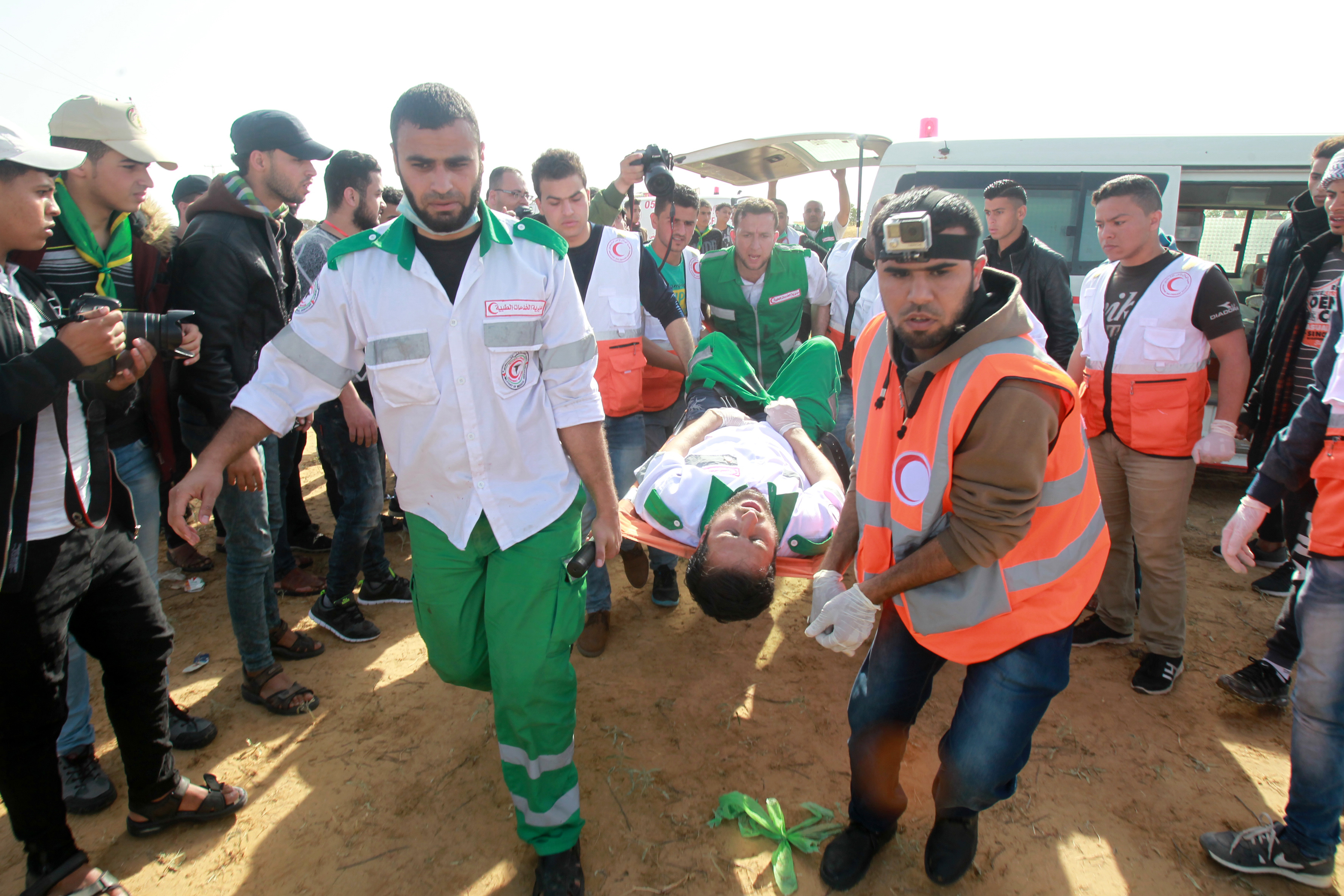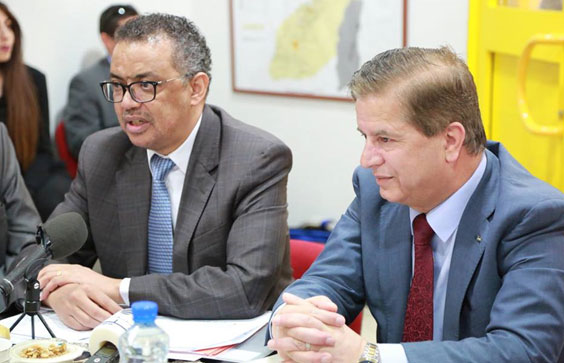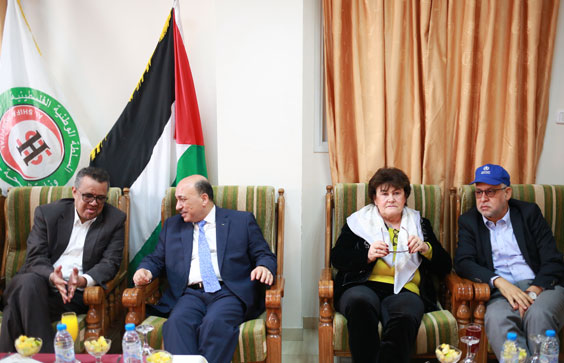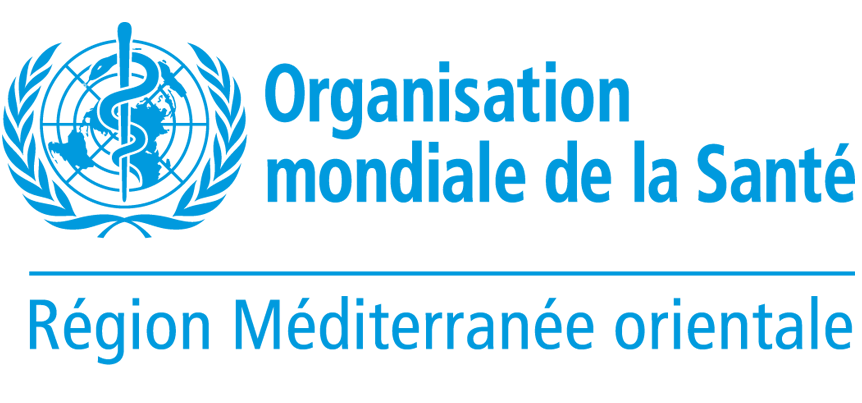WHO Special Situation Report occupied Palestinian territory, Gaza, 6th - 8th April 2018
 Following the second mass demonstration by Palestinians on the Gaza side of the perimeter fence with Israel which took place on the 6th April 2018, 11 Palestinians were killed and 1,356 were injured by Israeli forces, according to the Ministry of Health (MoH).
Following the second mass demonstration by Palestinians on the Gaza side of the perimeter fence with Israel which took place on the 6th April 2018, 11 Palestinians were killed and 1,356 were injured by Israeli forces, according to the Ministry of Health (MoH).
Out of the 1,356 injuries, 754 required immediate transfer to the MoH hospitals or to NGO hospitals (including 81 children, 24 females and 730 males). From the injuries, 35 cases are critically life threatening and 347 may result in temporary or permanent disability. The remaining 947 are unspecified.
A further 602 injuries were managed by primary healthcare centres and medical points by the MoH, Union Health Workers Committee (UHWC) NGO and by the Palestinian Red Crescent Society (PRCS).
Since the mass demonstration began, on the 30th March, according to the MoH, a total of 30 people have been killed and 2,901 people have been injured. From this total, an accumulative 1,814 were admitted to hospitals including MoH hospitals and NGO hospitals (Al Awda Hospital and Al Quds Hospital). A further, 1,366 cases were treated at the primary healthcare facilities and medical points by the MoH UHWC and by the Palestinian Red Crescent Society (PRCS).
The casualties occurred during the mass demonstrations by Palestinians on the Gaza site of the perimeter fence with Israel. People from all over the Gaza Strip gathered near the fence, where the Israeli army imposes a ‘No Go Zone’, to mark the Palestinian ‘Land Day’, the second of a series of mass peaceful protests leading up to the 70th anniversary of what Palestinians refer to as the 1948 ‘Nakba’, on 15 May.
For the second week in a row, mass gatherings took place across Gaza, 500-700 meters away from the perimeter fence, in 5 locations.
More details about health cluster response, immediate health priorities and unmet needs: Full Report
WHO Special Situation Report occupied Palestinian territory, Gaza, 30th March 2018
Highlights:
 On the 30th March, 15 Palestinians were killed and 1,416 were injured by Israeli forces in the Gaza Strip, according to the Ministry of Health (MoH).
On the 30th March, 15 Palestinians were killed and 1,416 were injured by Israeli forces in the Gaza Strip, according to the Ministry of Health (MoH).
Out of the 1,416 casualties, 1010 were severe injuries and required immediate transfer to the hospitals.
973 were male, 37 were female, and 179 were children below the age of 18.
The casualties occurred during the mass demonstrations by Palestinians on the Gaza site of the perimeter fence with Israel. People from all over the Gaza Strip gathered near the fence, where the Israeli army imposes a ‘No Go Zone’, to mark the Palestinian ‘Land Day’, the first of a series of a series of mass peaceful protests leading up to the 70th anniversary of what Palestinians refer to as the 1948 ‘Nakba’, on 15 May.
More details about health cluster response, immediate health priorities and unmet needs: Full Report
Japan supports sustainable energy for Gaza’s health sector, March 2018
 occupied Palestinian territory, 29th March 2018 - Amidst the major electricity challenges to Gaza’s health sector, WHO welcomes Japan’s partnership to provide solar panels to some of the most critical and lifesaving health departments across Gaza’s major public hospitals.
occupied Palestinian territory, 29th March 2018 - Amidst the major electricity challenges to Gaza’s health sector, WHO welcomes Japan’s partnership to provide solar panels to some of the most critical and lifesaving health departments across Gaza’s major public hospitals.
Japan’s recent contribution of US $ 500,000 over the next twelve months will help to alleviate suffering for some of the most critically ill patients. “This grant has enabled WHO to offer healthcare to over 22,000 patients in need of critical healthcare services, including patients in intensive care units (ICU’s), operational theatres, emergency departments, dialysis units and neonatal intensive care units”, said Dr Gerald Rockenschaub, WHO Representative in oPt.
“Patients in these departments face a life-threatening situation when fuel supplies for the back-generators start to deplete. With funding from Japan, WHO will be able to work towards supporting fuel-preserving measures”, Dr Rockenschaub added.
The health resources are continuing to decrease in the Gaza Strip and is now in urgent need of support in critical elements, including electricity, training health professionals, medical equipment and medicines.
Mr Takeshi Okubo, Ambassador for Palestinian Affairs and Representative of Japan to Palestine, said “I’m pleased to announce to you that the Government of Japan has decided to provide a new assistance of about 40 million US dollars to Palestine for the year 2018, including WHO. With this new assistance, the total value of Japanese assistance to the Palestinian people will reach 1.86 billion US dollars since 1993.”
WHO strives to improve the health of the most vulnerable people in the oPt, and in light of the deteriorating health situation in Gaza, WHO conducted an internal assessment of the situation and increased the emergency grading from grade 1 to grade 2 in line with the Emergency Response Framework (ERF), scaling up its emergency health support across the oPt. For WHO’s Health Emergencies Programme USD $12. 5 million is needed, out of which only 12% has been secured.
WHO Director-General calls for urgent action to improve health conditions in Gaza, March 2018
 19 March 2018, Gaza – World Health Organization (WHO) Director-General Dr Tedros Adhanom Ghebreyesus today called for urgent action to improve health conditions in Gaza after concluding his first visit to the occupied Palestinian territory.
19 March 2018, Gaza – World Health Organization (WHO) Director-General Dr Tedros Adhanom Ghebreyesus today called for urgent action to improve health conditions in Gaza after concluding his first visit to the occupied Palestinian territory.
During his visit to Gaza, Dr Tedros witnessed the challenges that many people face in accessing quality health services. Chronic electricity shortages in Gaza are hindering the provision of life-saving medical services, and emergency fuel supplies are only enough to keep generators running for another few months. More than 40% of essential drugs are completely depleted in Gaza’s Central Drug Store, including drugs used in emergency departments and other critical units.
Access for patients requiring health care outside the Gaza Strip has also been declining: only 54% of patient applications to access services outside Gaza were accepted by Israeli authorities in 2017 compared to more than 90% of applications accepted in 2012. Approximately one third of these are for access to cancer treatment and diagnostic services lacking in Gaza. WHO and its partners are working with the Palestinian health ministry to address these issues.
Dr Tedros visited Shifa hospital, Gaza’s largest, to deliver essential lifesaving medical equipment procured as part of WHO’s emergencies programme. He also met with UNRWA, the United Nations Relief and Works Agency for Palestine Refugees in the Near East, which is playing an essential role in providing primary care services for Palestinian refugees. Despite new funding of $100 million pledged at a ministerial conference in Rome on 15 March, UNRWA faces a critical funding shortage which may result in social services including primary health care being curtailed as soon as July.
“Despite the best efforts of health workers, many of whom have not been paid in months, Gaza’s health services are at breaking point,” Dr Tedros said. “Shortages of electricity, fuel and essential medicines are putting lives at risk. I call on all parties and partners to alleviate the suffering of many people.”
In separate meetings with Palestinian President Mahmoud Abbas and representatives from the Government of Israel, Dr Tedros emphasised the need to use health as a bridge to peace, and to respect, protect and fulfil the right to health for all, including for Palestinians living in the occupied Palestinian territory. Israeli representatives agreed to work with WHO to address the issues raised.

He raised concerns over access restrictions for vulnerable patients to exit Gaza for health care not available within the Gaza Strip and highlighted the need to address the humanitarian health needs in Gaza and to develop the capacities of the local health system, including, for example, by ensuring reliable energy infrastructure for hospitals and clinics.
In addition to addressing Gaza’s health challenges, Dr Tedros discussed how to strengthen the Palestinian health system and achieve universal health coverage. He visited the Palestinian National Institute of Public Health, which aims to strengthen the Palestinian health system, with technical support from WHO and funding from the Government of Norway.
WHO, the World Bank and the Palestinian Ministry of Health also agreed recently to establish a partnership to make progress towards universal health coverage by supporting work on health financing reform, health workforce planning, and to expand the family practice model of primary care. Work has already started to address critical gaps in cancer treatment.
A regular session of the international donor coordination group in support of the Palestinian economy, the Ad Hoc Liaison Committee (AHLC), will convene on 20 March in Brussels. To help meet the most immediate challenges in Gaza, like the absence of drinking water, the EU will also host a pledging conference on the Gaza Central Desalination Plant to meet humanitarian needs and to contribute to the economic development of Gaza.
Note to editors
WHOs programme in the occupied Palestinian territory has offices in Jerusalem, Ramallah and Gaza, with 59 staff. WHO works in partnership with the Ministry of Health, with programmatic priorities including health systems development to support universal health coverage, strengthening the core capacities for the International Health Regulations, management of noncommunicable diseases, health information and coordination, emergency preparedness and response, support to mental health, and advocacy for the right to health.








